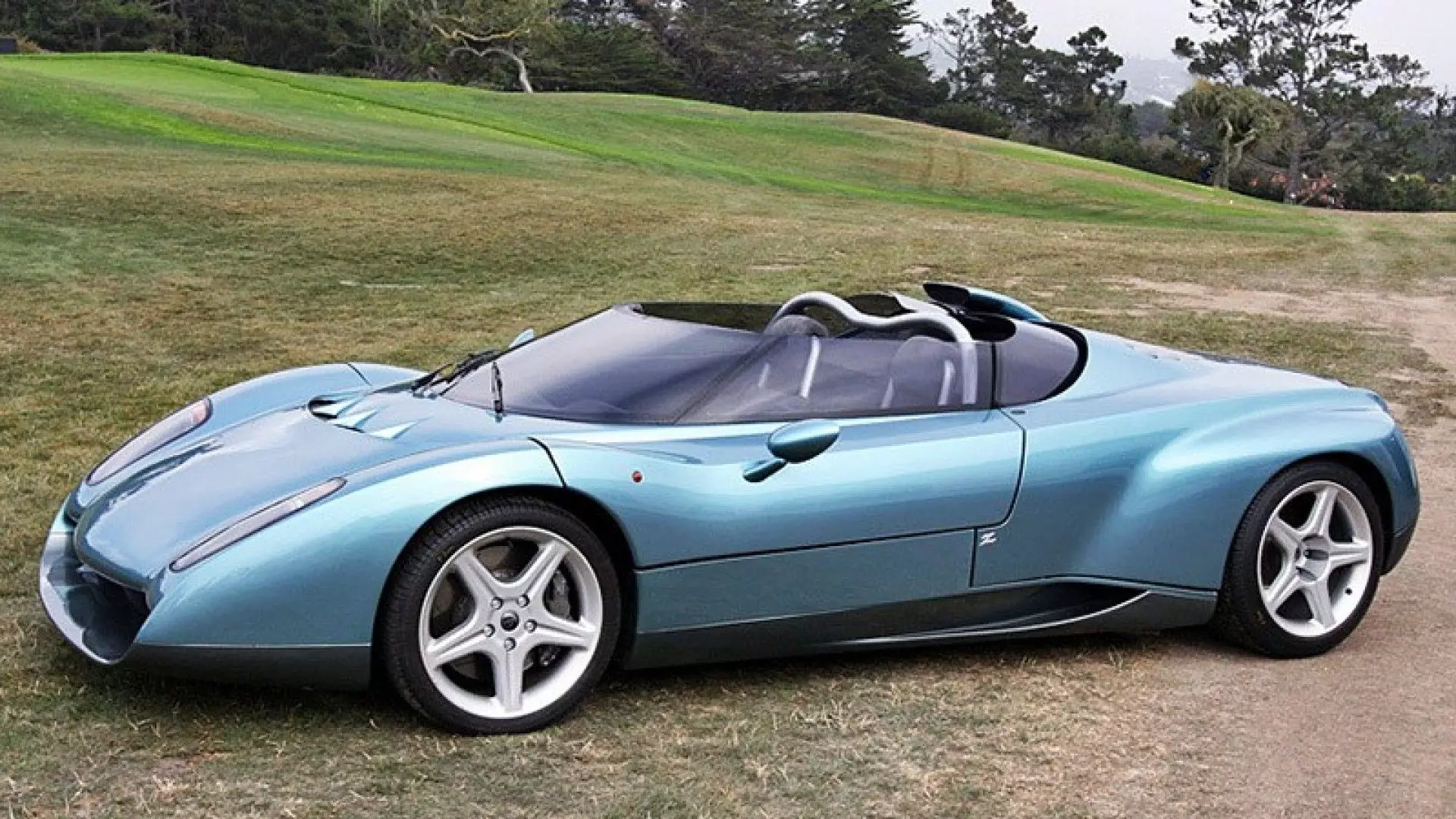THE Raptor Zagato was unveiled in 1996, at the Geneva Motor Show, and everything seemed to be headed for a small production of fifty units and was even considered as a successor to the Lamborghini Diablo, given the Italian manufacturer's involvement in the project.
However, as fate would have it, the Raptor ended up being reduced to a single working prototype, the one you can see in the images. After all, why didn't you come forward?
We have to go back to the 90's, where the will and desire of Alain Wicki (skeleton athlete and also car driver) and Zagato, and with the collaboration of Lamborghini, allowed the Raptor to be born.
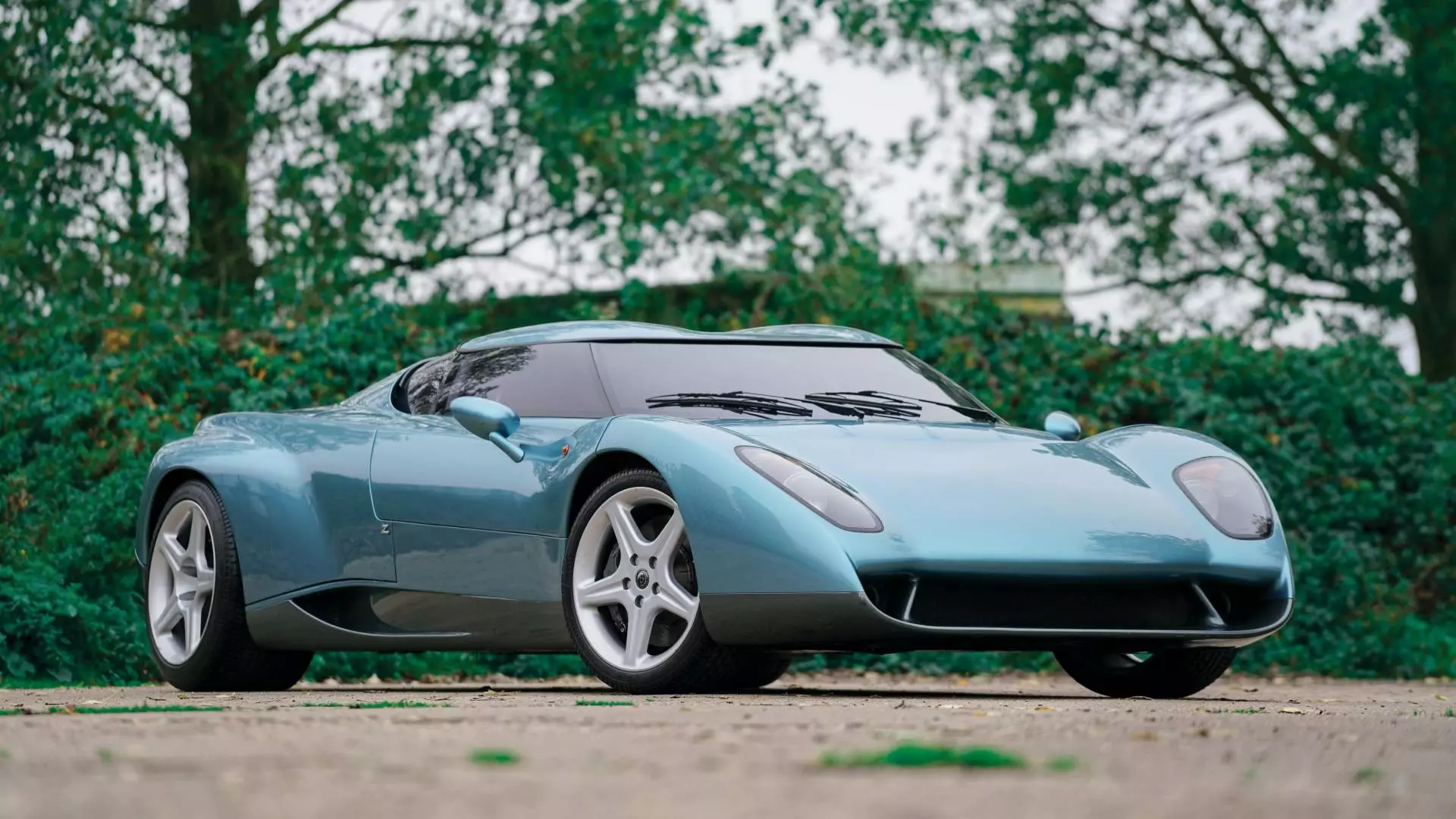
The Zagato Raptor
It was a super sports car that inherited from the Lamborghini Diablo VT chassis components, a four-wheel drive system, a five-speed manual gearbox and the legendary 5.7 l Bizarrini V12 with 492 hp, fitted into a dedicated tubular chassis.
Subscribe to our newsletter
Being a Zagato, you would expect nothing but a distinctive design. The lines drawn by Zagato's chief designer at the time, Nori Harada, impressed by their restrained aggressiveness and at the same time futuristic. The final result is even more impressive because of the short time it took to reach the final design — less than four months!
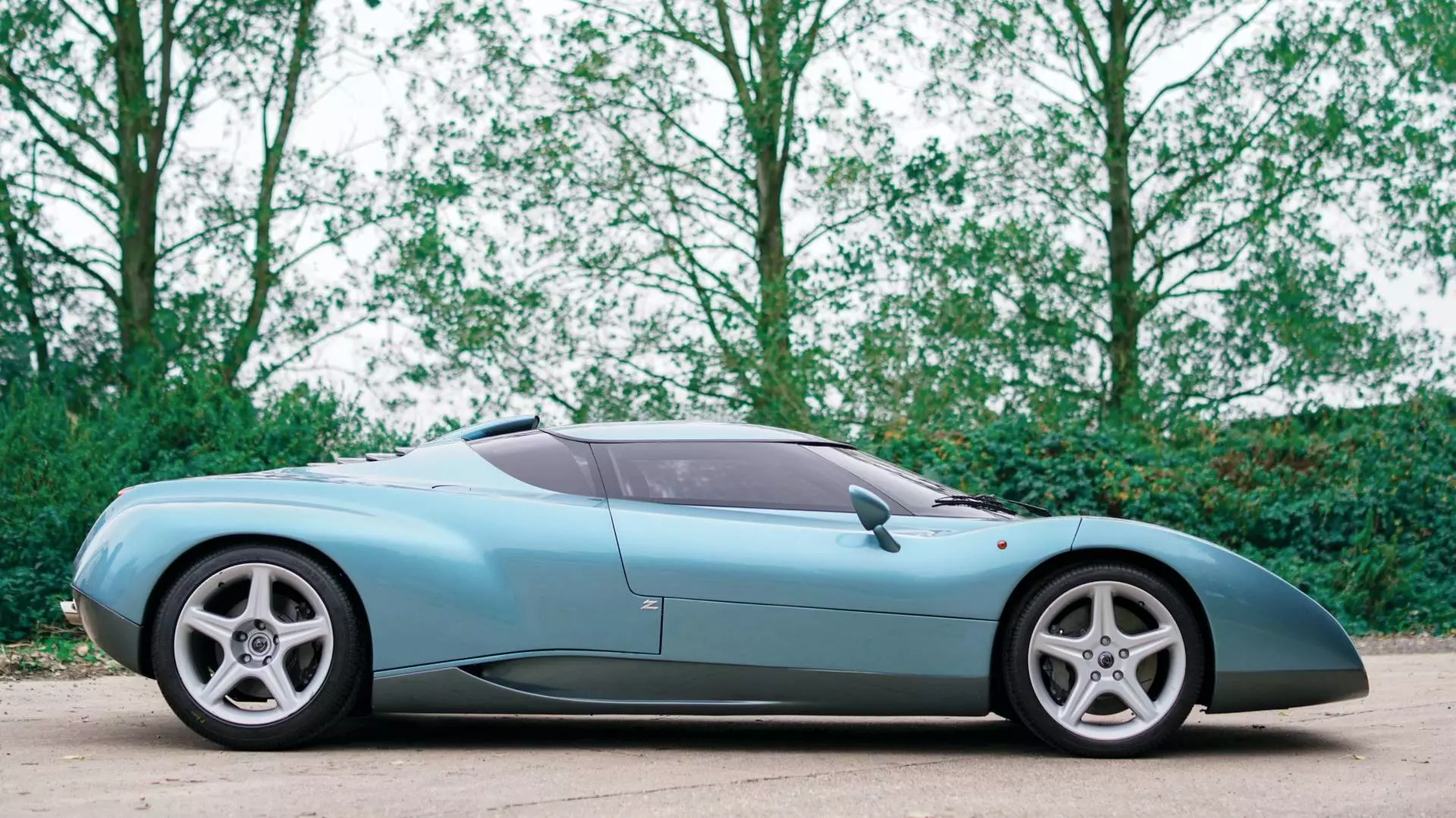
Something only possible because the Zagato Raptor was one of the first cars in the world to be designed entirely digitally, even without physical scale models to validate the design — something that is still quite rare to happen today, despite the omnipresent digitalization in studios of design of car brands.
Doors? not even see them
The typical double-bubble roof that we find in numerous Zagato creations was present, but the way to access the passenger compartment was nothing typical — doors? This is for the others…
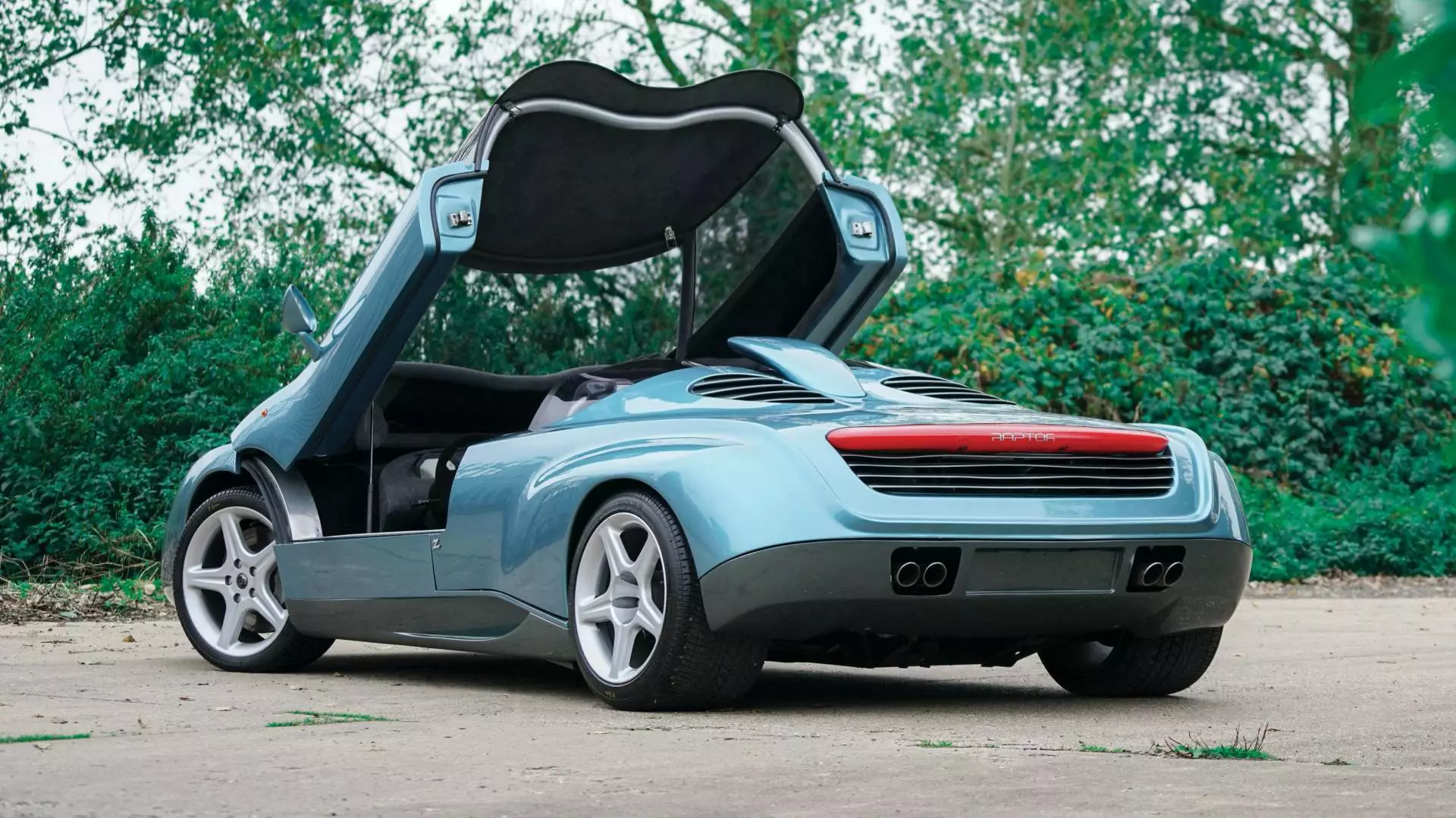
Instead of doors, the entire center section — including the windshield and roof — rises in an arch with the hinge point at the front, as does the entire rear section, where the engine resided. Without a doubt a spectacular sight…
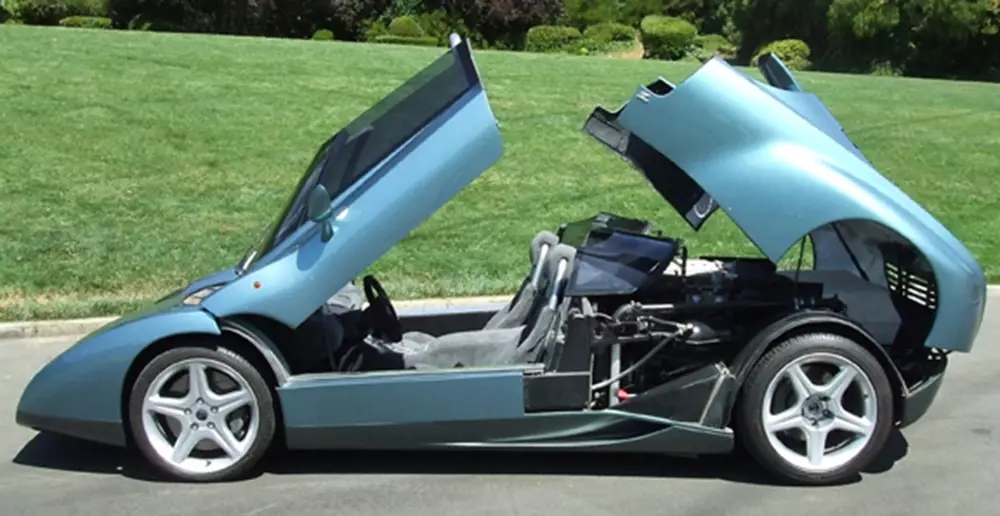
The Raptor had even more tricks up its sleeve, like the fact that the roof was removable, which turned the coupé into a roadster.
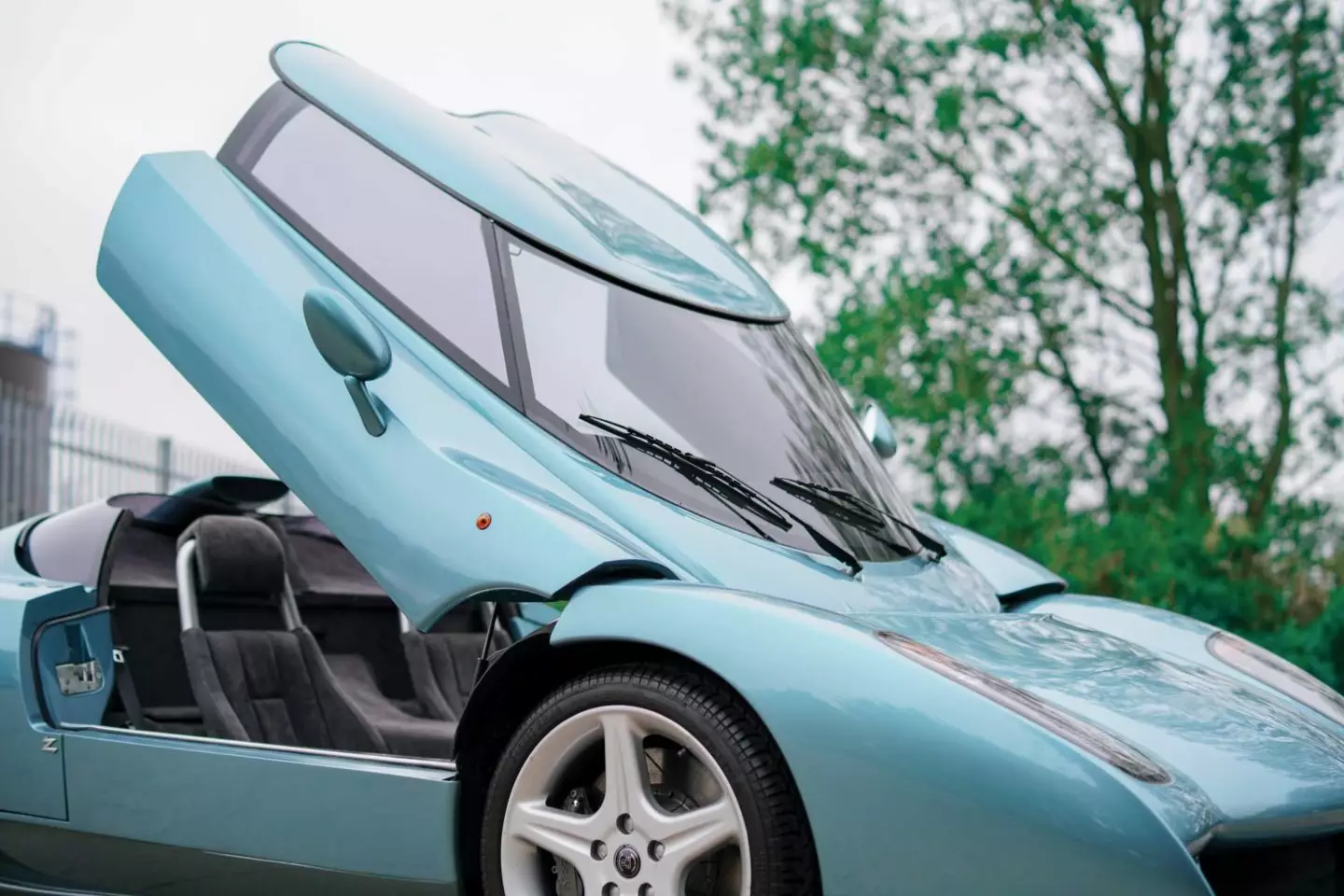
Carbon Fiber Diet
Surfaces were carbon fiber, wheels magnesium, and the interior was an exercise in minimalism. Intriguingly, they even dispensed with ABS and traction control, considered deadweight and counterproductive for maximum performance!The result? The Zagato Raptor had 300 kg less on the scale compared to the Diablo VT , so that, despite the V12 having kept the same 492 hp as the Diablo, the Raptor was faster, reaching 100 km/h in less than 4.0s, and capable of surpassing 320 km/h, values that are still today. of respect.
Denied production
After the revelation and positive reception in Geneva, it was followed by road tests, where the Raptor continued to impress with its handling, performance and even handling. But the initial intention to produce a small series of 50 units would be denied, and by none other than Lamborghini itself.
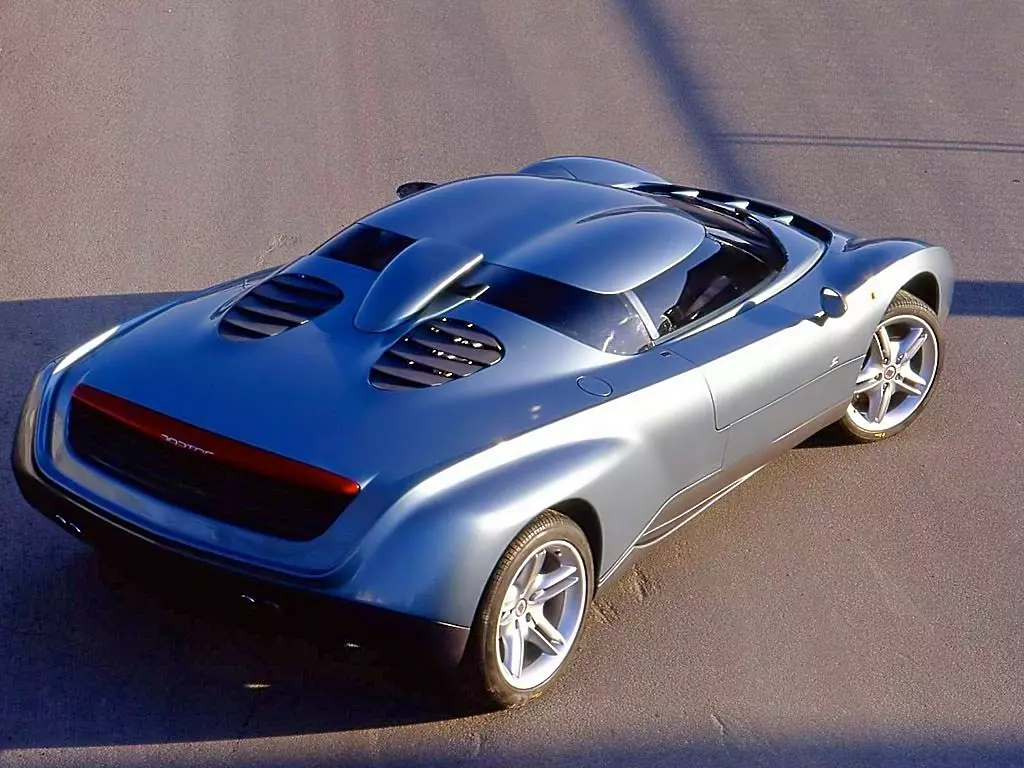
To understand why we also have to understand that the Lamborghini at the time was not the Lamborghini we know today.
At the time, the Sant’Agata Bolognese builder was in Indonesian hands — it would only be acquired by Audi in 1998 — and had only one model for sale, the (still today) impressive Diablo.
Corner
Launched in 1989, in the mid-1990s there was already discussion and work on a successor to the Diablo, a new machine that would earn the name Lamborghini Canto — however, the new super sports car was still a few years away.
Zagato Raptor was seen as an opportunity, a model to make the connection between Diablo and the future Canto.

Also because the design of the Canto, like that of the Raptor, was designed by Zagato, and it was possible to find similarities between the two, especially in the definition of some elements, such as the volume of the cabin.
But perhaps it was precisely the Raptor's very good reception that made Lamborghini back off in its decision to support its production with Zagato, fearing that when the Canto was revealed it would not generate the desired moment or impact.
the auction
And so, the Zagato Raptor was confined to prototype status, albeit fully functional. Alain Wicki, one of Raptor's mentors, remained as its owner until the year 2000, when he sold it on the same stage that revealed it to the world, the Geneva Motor Show.
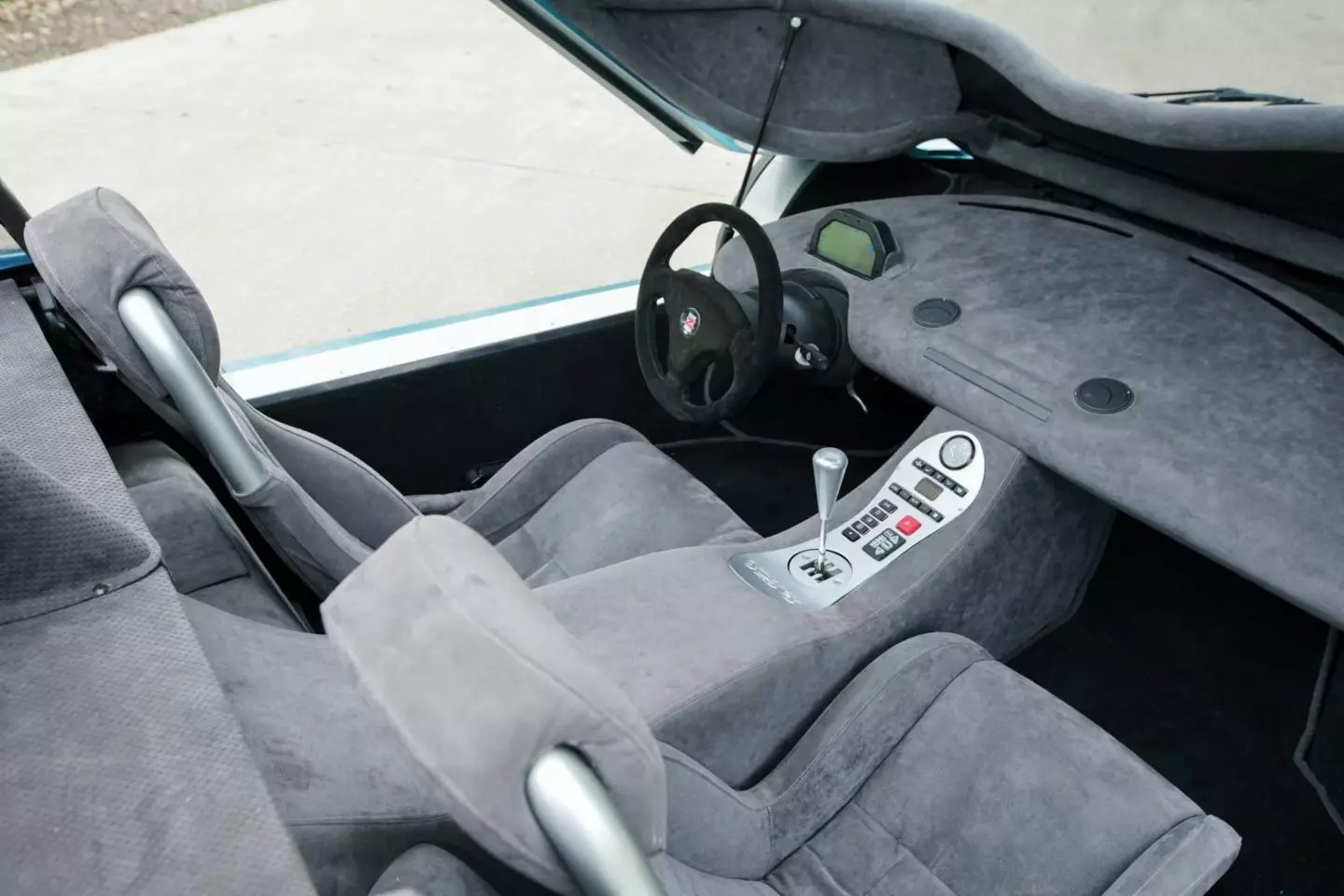
Its current owner exhibited it at the Pebble Beach Concours d’Elegance in 2008, and has never been seen since. It will now be auctioned by RM Sotheby's on the 30th of November (2019) in Abu Dhabi, with the auctioneer forecasting a value between 1.0-1.4 million dollars (approx. between 909 thousand euros and 1.28 million euros euro) for its purchase.
And the Song? What happened to you?
As we know there was never any Lamborghini Canto, but this model was close, very close, to being the successor of Diablo and not the Murciélago we know. Canto development continued until 1999 (it was to be unveiled at that year's Geneva Motor Show), but it was canceled at the last minute by Ferdinand Piëch, then leader of the Volkswagen group.
All due to its design, as mentioned above, by Zagato, which Piëch considered not suitable for a successor to the Miura, Countach and Diablo lineage. And so, it took another two years for Diablo to be replaced by Murciélago — but that story is for another day...
